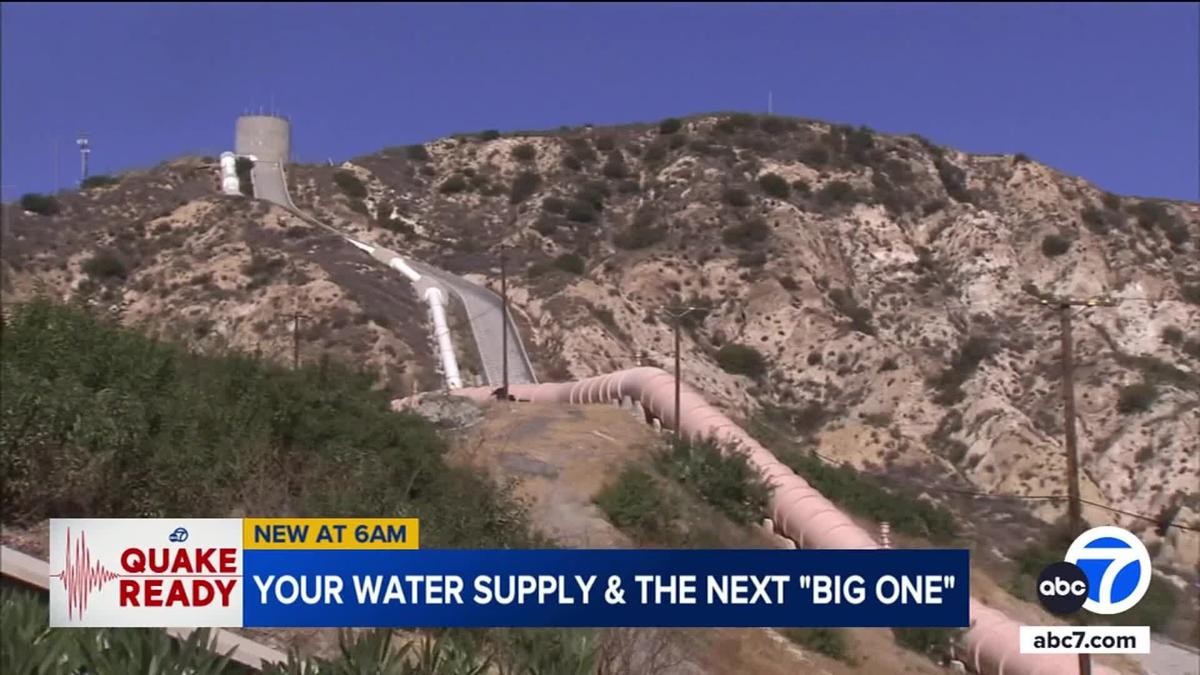
Southern California residents face a looming threat to their water supply in the event of a major earthquake. Experts warn that the region's complex water infrastructure could be severely compromised by seismic activity, potentially leaving millions without access to clean water for an extended period.
The vulnerability stems from Southern California's heavy reliance on imported water. Much of the region's supply travels hundreds of miles through a network of aqueducts, pipelines, and reservoirs. This intricate system crosses several fault lines, making it susceptible to damage during a large-scale seismic event.
A major quake could rupture key pipelines, damage pumping stations, and contaminate reservoirs. The Metropolitan Water District of Southern California, which supplies water to 19 million people, has identified several critical points in its system that could fail during a severe earthquake.
The potential consequences are dire. A prolonged disruption to the water supply could lead to:
- Widespread water shortages for drinking and sanitation
- Challenges for hospitals and other essential services
- Increased fire risk due to limited firefighting capacity
- Economic impacts on businesses and agriculture
Local water agencies have been working to improve the resilience of the system. Efforts include:
- Retrofitting older infrastructure to withstand seismic forces
- Building interconnections between water systems for redundancy
- Increasing local water storage capacity
- Developing emergency response plans
However, experts caution that more work is needed to fully protect the region's water supply. They recommend that residents prepare for potential disruptions by storing emergency water supplies and familiarizing themselves with their local water agency's earthquake response plans.
As Southern California continues to grapple with drought and climate change, the earthquake threat to its water supply adds another layer of complexity to the region's water challenges. Addressing this vulnerability will require ongoing investment, planning, and cooperation among water agencies, government officials, and residents.